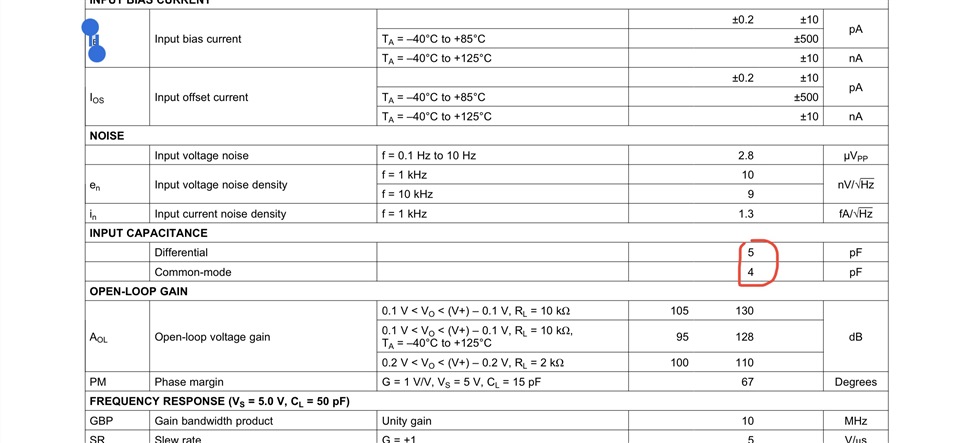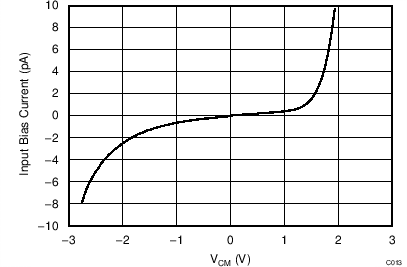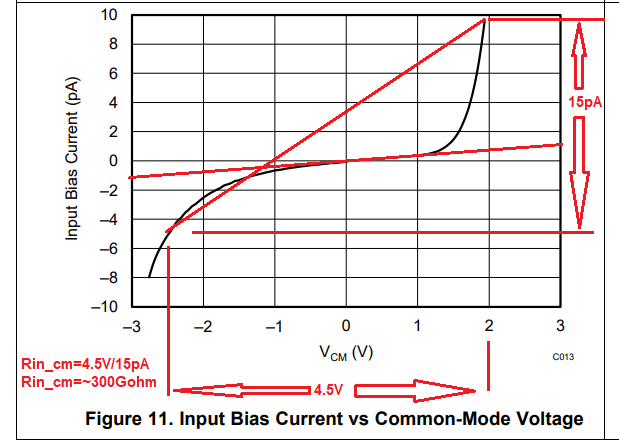Other Parts Discussed in Thread: OPA377,
Dear Friend
I do not find input impedance data of OPAx325 and OPAx377 from their datasheet. while I can find this data from OPAx388 datasheet.
why not providing this important data? any particular reason? Does this mean that I should have particular consideration when selecting these amplifiers?
Thanks for answering such an unfavorable question.
Regards
Tony






